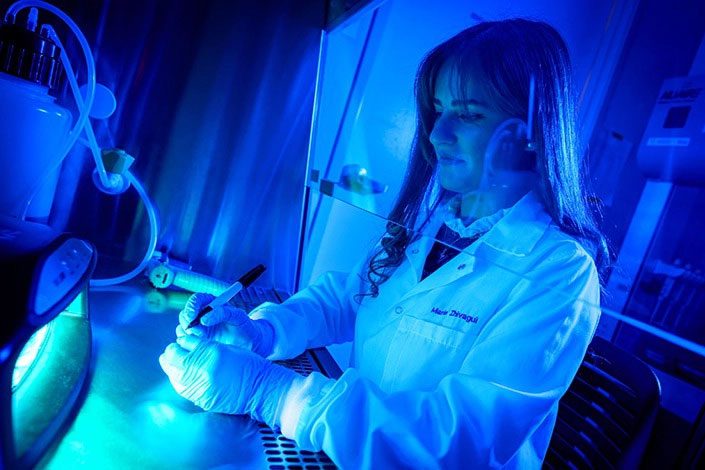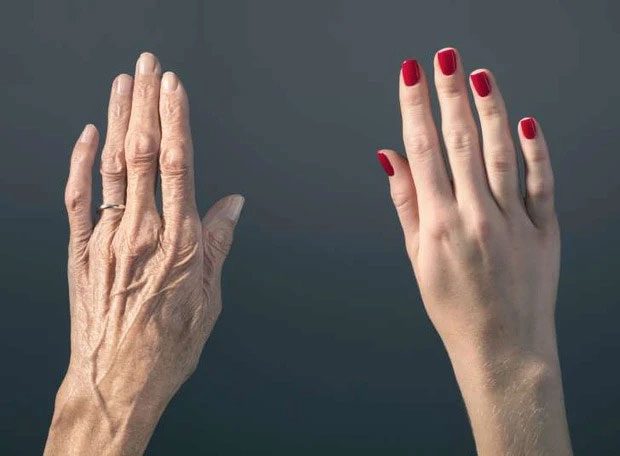This device can be found in almost all nail salons around the world.
Since its emergence around 2010, gel nail polish has become a staple in nail salons worldwide. This is quite understandable as compared to traditional nail polish, gel variants have better damage resistance and smudge-proof abilities, while maintaining their shine until users remove the topcoat from their nails.
More importantly, for those who lack patience, customers do not have to wait an hour or more for gel nail polish to dry. Instead of waiting for the gel polish to dry naturally, they can place their hands under a UV lamp to activate the chemicals within the gel, causing the polish to harden faster.
The popular devices in these nail salons typically use a specific ultraviolet light spectrum (340-395 nanometers). Previous studies have determined that the UV spectrum (280-400 nanometers) used in UV tanning beds can cause cancer, but the spectrum used in nail dryers had not been closely examined or studied.

UV gel nail polish dryers have become globally popular – (Image: Internet).
However, recently, a group of researchers from the University of California, San Diego, decided to study these devices after reading reports about a contestant in a beauty pageant diagnosed with a rare form of skin cancer.
Using various combinations of human and mouse cells, the researchers discovered that just one 20-minute session with a UV nail dryer resulted in 30% of the cells in the culture dish dying. Three consecutive 20-minute sessions led to 65% to 70% of the exposed cells dying. Among the remaining cells, the researchers found evidence of mitochondrial and DNA damage, along with mutations seen in skin cancer patients.
Overall, cell death, damage, and DNA mutations were observed in both cases, with an increase in reactive oxygen species molecules – known to cause DNA damage and mutations – and mitochondrial dysfunction in the cells. Genetic analysis revealed higher levels of soma mutations in the irradiated cells, a type of mutation commonly found in malignant tumor patients.

Maria Zhivagui, the lead author of the study, prepares human cells in a culture dish for exposure to the UV nail dryer – (Image: Internet)
“Our experimental results and prior evidence indicate that the radiation emitted from UV nail dryers can cause hand cancer and may increase the risk of early-onset skin cancer,” the researchers wrote in a research report published in Nature Communications.
They also warned that a longer epidemiological study is needed before conclusively determining that the use of UV drying devices leads to an increased risk of skin cancer, adding that “such studies are likely to take at least a decade to complete before any information can be provided to the public.”
The new research may serve as a caution against using UV dryers, but unfortunately, the reality is not that simple. Gel nails have become a standard in the industry. For a simple reason: for many people, traditional nail polish tends to chip after a day or a few days, making the time, money, or effort spent on traditional manicures often not worth it.

Is the risk worth the reward? That depends on the individual – (Image: Internet).
Nevertheless, data from this study and several previous reports on cancer in individuals who frequently get gel nails paint a clearer picture of a purely aesthetic procedure that poses more risks than people commonly think. But is getting gel nails once a year really concerning, or should only those who do this regularly be worried?
Further research is needed to determine the cancer risk as well as the impact of frequency of use. There are many alternatives available in the market for this aesthetic process, and perhaps some consumers will decide to change their service usage habits.
Although other consumer products also use ultraviolet light in the same spectrum – including tools used for dental curing and some hair removal treatments – the researchers noted that the frequent use of UV in nail dryers, which only has cosmetic effects, makes them entirely different.


















































